Floor sanding
User
11 years ago
Related Stories

CONTEMPORARY HOMESHouzz Tour: Curves and Angles Among South African Sand Dunes
Nature's forces, gifts and Bob Marley influenced this unusual home on a temperate coast
Full Story
GREAT HOME PROJECTSWhat to Know Before Refinishing Your Floors
Learn costs and other important details about renewing a hardwood floor — and the one mistake you should avoid
Full Story
REMODELING GUIDESYour Floor: An Introduction to Solid-Plank Wood Floors
Get the Pros and Cons of Oak, Ash, Pine, Maple and Solid Bamboo
Full Story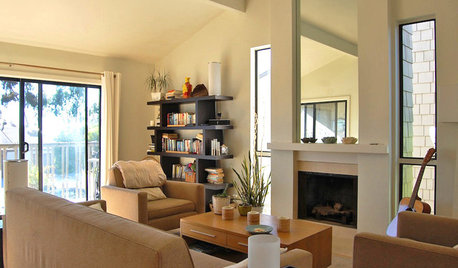
HOUZZ TOURSMy Houzz: Beachy Townhouse Getaway in San Diego
With a surfboard workshop in the garage and airiness all around, this townhome near the ocean celebrates sand-inspired style
Full Story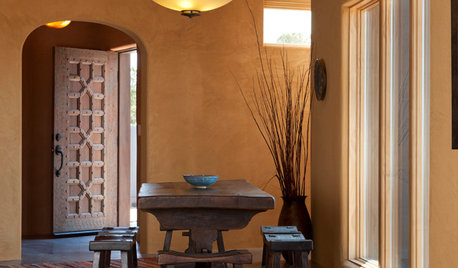
ORANGEColor Guide: How to Use Yellow Ocher
Earthy and warm, this ancient color evokes the sands of time as well as speaks to modern decorating sensibilities
Full Story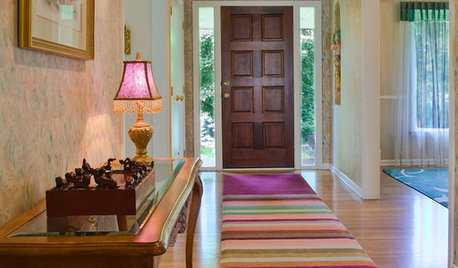
DECORATING GUIDESGet Clever With Area Rugs for Warmth and Beauty
Give feet a soft landing, protect your floor, hide a stain ... with area rugs in your arsenal, you can win any flooring battle
Full Story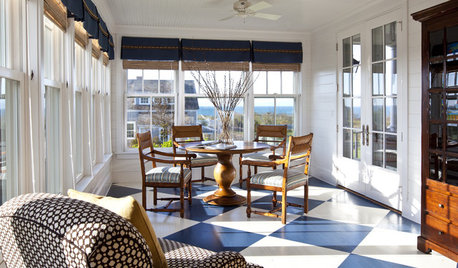
FLOORSHow to Paint Your Hardwood Floors
Know how to apply nail polish? Then you can give your wooden floors a brand-new look
Full Story
REMODELING GUIDESDesigner Confessions: Torn Between Wood Floors
19 Photos to Help You Choose a Wood Floor Finish
Full Story
REMODELING GUIDESContractor Tips: Smooth Moves for Hardwood Floors
Dreaming of gorgeous, natural wood floors? Consider these professional pointers before you lay the first plank
Full Story
DECORATING GUIDESWhat Goes With Dark Wood Floors?
Avoid a too-heavy look or losing your furniture in a sea of darkness with these ideas for decor pairings
Full StoryMore Discussions






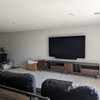
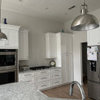
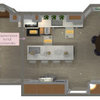
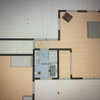
User
brickeyee
Related Professionals
Lebanon Home Remodeling · Bonita Kitchen & Bathroom Designers · Ojus Kitchen & Bathroom Designers · Philadelphia Kitchen & Bathroom Designers · Key Biscayne Kitchen & Bathroom Remodelers · Pueblo Kitchen & Bathroom Remodelers · Beloit General Contractors · Boardman General Contractors · Mansfield General Contractors · Norwell General Contractors · Palestine General Contractors · Rancho Cordova General Contractors · Tyler General Contractors · Walker General Contractors · Warren General ContractorsUserOriginal Author
weedyacres
UserOriginal Author
brickeyee
UserOriginal Author
brickeyee
tashasilvester
UserOriginal Author
brickeyee